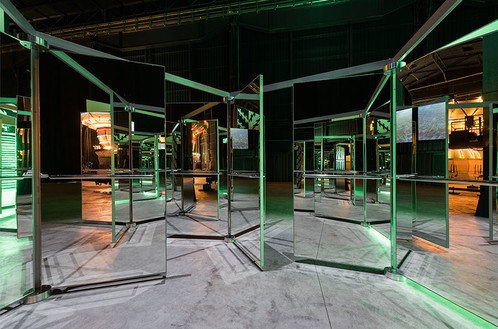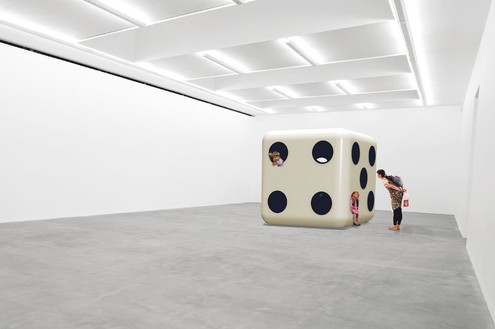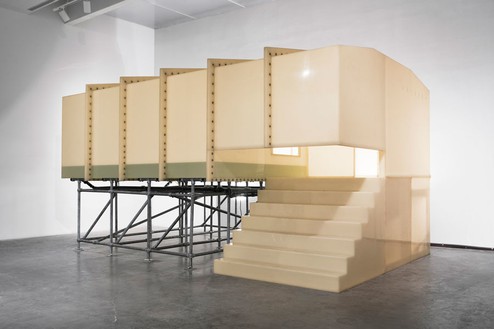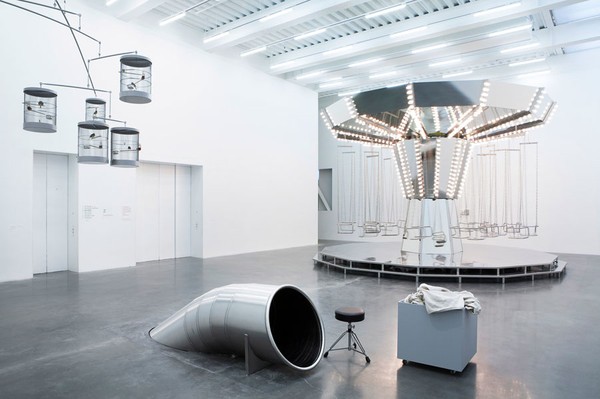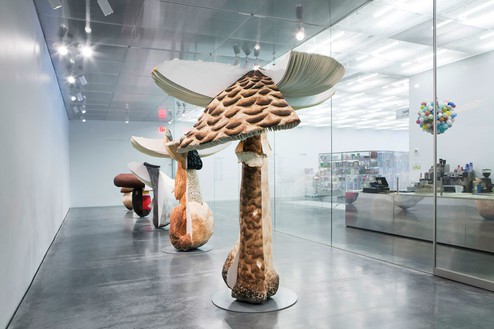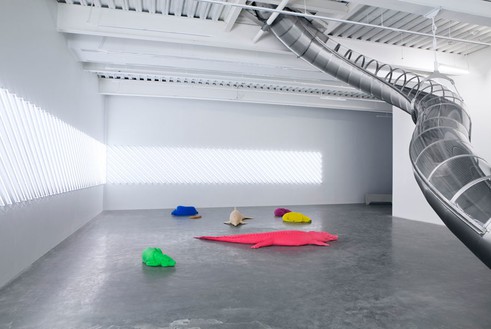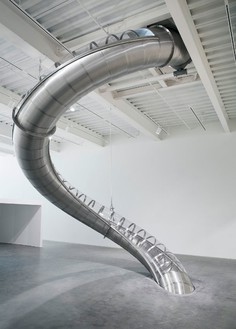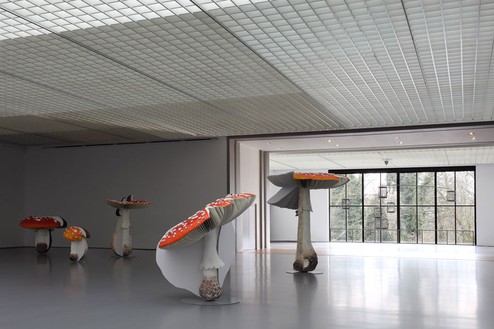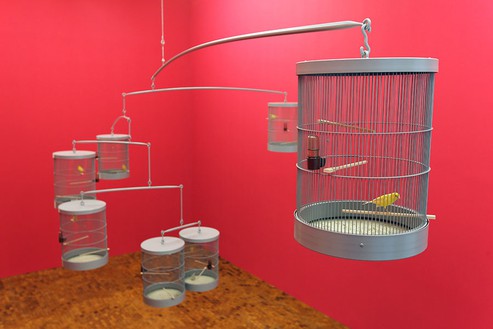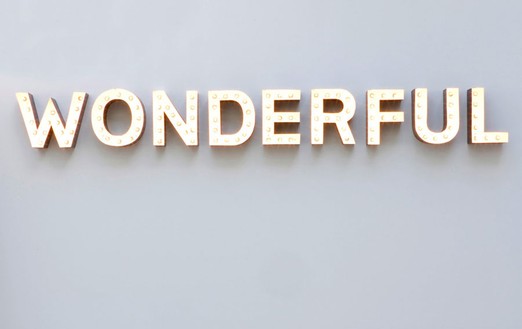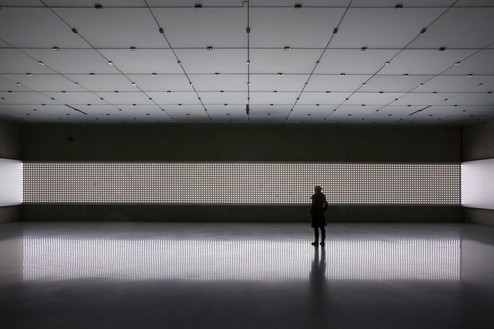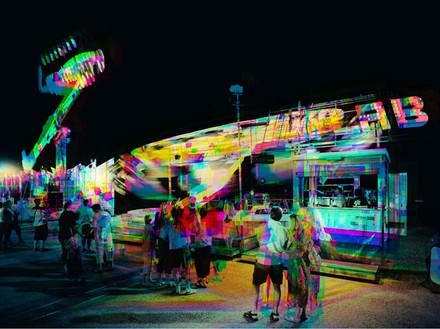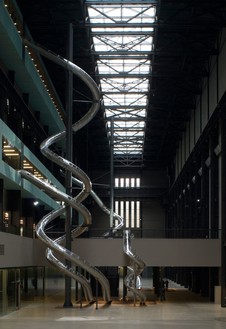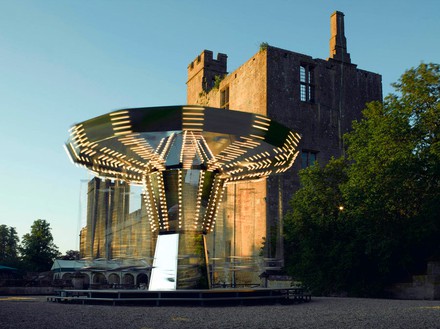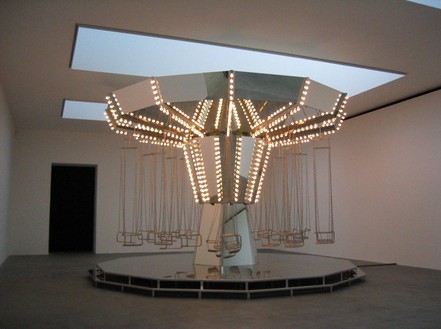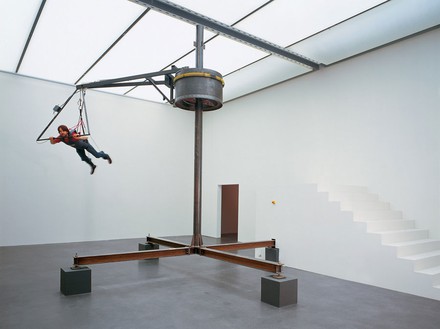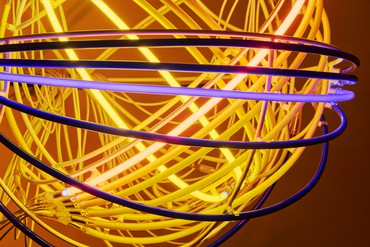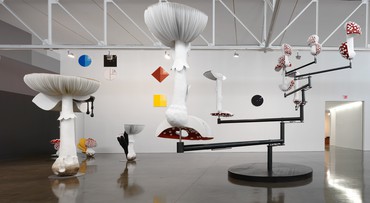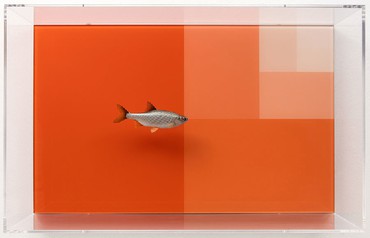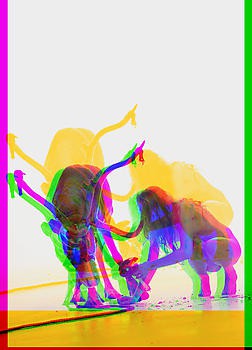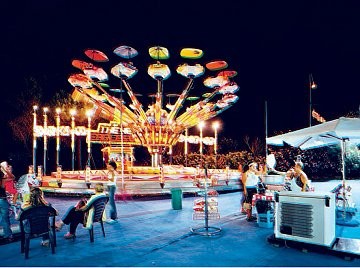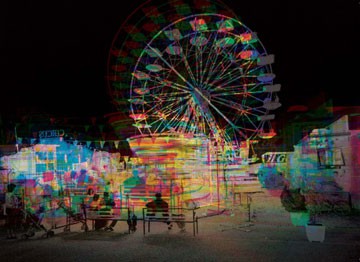About
Carsten Höller applies scientific curiosity to his work as an artist, exploring human behavior, perception, and altered states of consciousness with playful, sometimes unsettling humor. Many of the projects that comprise his self-described “laboratory of doubt”—which range from twisting slides to vision-flipping goggles—incorporate disorienting, even hallucinatory experiences that prompt viewers to question how they see and understand the world around them.
Born in 1961 in Brussels to German parents, Höller began to make art in the late 1980s alongside a number of artists experimenting with space and experience such as Pierre Huyghe, Rirkrit Tiravanija, and Andrea Zittel. After studying olfactory communication in insects at the University of Kiel, where he received a doctorate in agricultural science in 1988, and working as a research entomologist, he returned to art making full-time in 1993. Höller is often associated with relational aesthetics, a strategy, named by curator Nicolas Bourriaud in 1996, focused on human exchange and social context.
Among Höller’s early interactive projects are Flugmaschine (Flying Machine) (1996), a motorized steel armature to which viewers are attached before being hoisted through the air, and Giant Psycho Tank (1999), a sensory-deprivation chamber that facilitates a sensation of being bodiless. For the 1998 Berlin Biennale, Höller initiated what was to become his defining body of work, a succession of giant tubular slides that transform users’ experience of the buildings through which they move. In 2000 he installed a slide in the Milan office of designer Miuccia Prada, and in 2006 he constructed Test Site, a set of five slides in the Turbine Hall at Tate Modern, London. Höller is interested in the structures’ imposition of a temporary loss of control on participants, describing the resultant emotional state as “somewhere between delight and madness.”
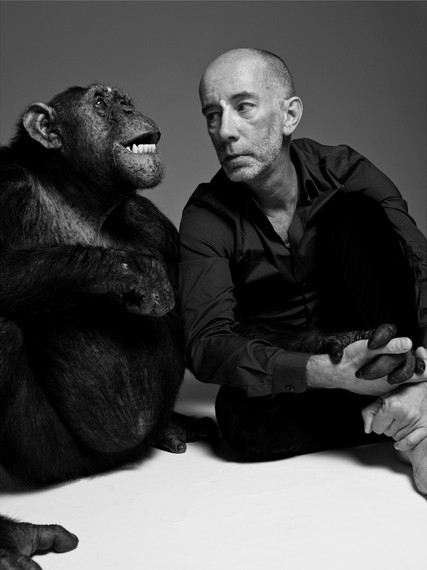
Photo: John Scarisbrick
#CarstenHoller
Exhibitions
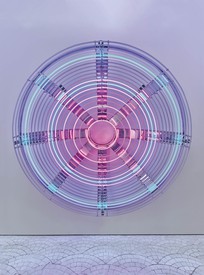
Around and Around and Around: Federico Campagna and Carsten Höller
Philosopher Federico Campagna and artist Carsten Höller came together, on the heels of Höller’s exhibition Clocks in Paris, to consider the measurement of time, the problem with fun, and the fine line between mysticism and nihilism.
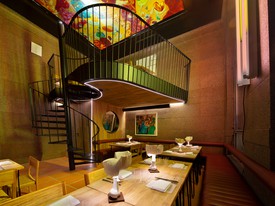
Brutalisten: An Interview with Carsten Höller
This spring, Carsten Höller launched Brutalisten, a new restaurant concept in Stockholm and the latest embodiment of his long-term culinary and artistic project called the Brutalist Kitchen. The twenty-eight-seat restaurant features a menu overseen by chef Stefan Eriksson that adheres to three classifications: “semi-brutalist” dishes (using oil or minimal ingredients), “brutalist” dishes (using salt and water), and “orthodox-brutalist” dishes (no additional ingredients). For the Quarterly, Höller speaks with Gagosian directors Serena Cattaneo Adorno and Mark Francis about this terminology, the importance of experimentation, and the fortuitous side effects of brutalist cuisine.
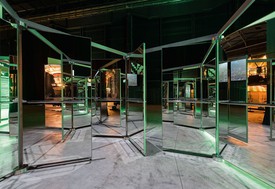
Carsten Höller
Daniel Birnbaum speaks with the artist about the “unsaturated” in his work.
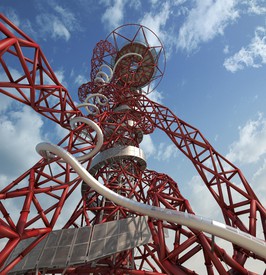
Carsten Höller’s ArcelorMittal Orbit Slide
Carsten Höller talks with Derek Blasberg about his lifelong obsession with slides, the reactions that he intends from his creations, and the concept of fun.
Fairs, Events & Announcements
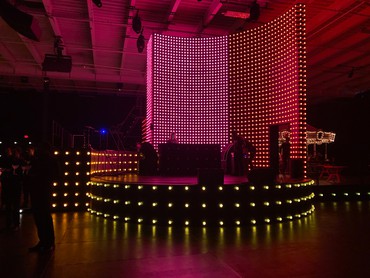
Installation
Carsten Höller
The Double Club Los Angeles
March 7–10, 2024
Luna Luna, Los Angeles
lunaluna.com
Carsten Höller’s The Double Club Los Angeles transforms a vast warehouse in the heart of the Los Angeles Arts District, used by the Luna Luna team to unpack and reconstruct the rides on display in its restaging of the art amusement park, into a fanciful landscape. Now in its third incarnation, Höller’s installation begins with a single floor area and applies the mathematical rule of division by halving the footprint, while doubling it in height, to create nine unique spaces that deconstruct the carnival experience. The four-day event is presented by Prada Mode, in partnership with Luna Luna, and includes musical programming curated by the rapper Drake, who played a major role in bringing Luna Luna to LA, and Höller, who visited the park during its 1987 debut in Hamburg, Germany. The event is free and open to the public on March 9–10 with admission to Luna Luna.
Carsten Höller’s The Double Club Los Angeles, Luna Luna, Los Angeles, March 7–10, 2024. Artwork © Carsten Höller
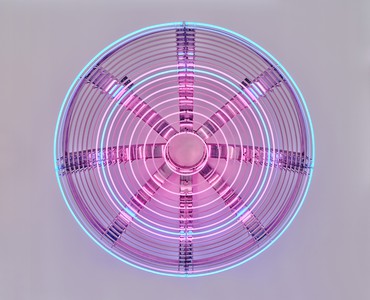
Visit
Noor Riyadh Festival 2023
The Bright Side of the Desert Moon
November 30–December 16, 2023
Various locations in Riyadh
riyadhart.sa
The third annual Noor Riyadh, a citywide festival of public art installations, will showcase expansive light-based artworks by more than one hundred artists across five pivotal city hubs. Titled The Bright Side of the Desert Moon, the selection features ephemeral sculptures, urban projections, and immersive site-specific installations, including neon works by Douglas Gordon and Carsten Höller.
Carsten Höller, Decimal Clock (Blue and Orange), 2023 © Carsten Höller. Photo: Thomas Lannes
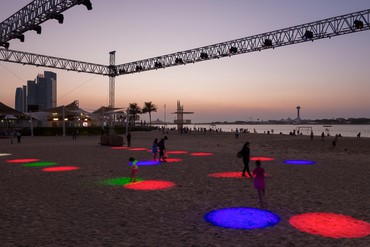
Public Installation
Carsten Höller
Abu Dhabi Dots
November 18, 2023–January 30, 2024, 5:30pm–1am daily
Corniche, Abu Dhabi
abudhabiculture.ae
Carsten Höller’s Abu Dhabi Dots (2023) is installed on the waterfront in Abu Dhabi as part of the inaugural edition of Manar Abu Dhabi, a festival offering an immersive, multisensory experience to celebrate the natural beauty of the United Arab Emirates. The second installment of the artist’s Dots series, the public light exhibit, which begins each evening at 5:30pm, comprises twenty spotlights in four colors that follow participants’ movements and allow them to play a “reward and punishment” game with one another.
Carsten Höller, Abu Dhabi Dots, 2023 © Carsten Höller. Photo: Colin Robertson
Museum Exhibitions
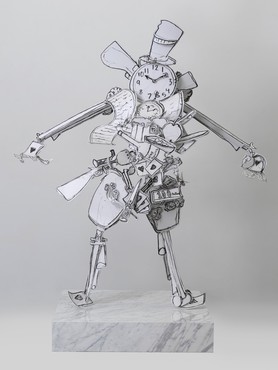
Closing this Week
Fairy Tales
Through April 28, 2024
Queensland Art Gallery and Gallery of Modern Art, Brisbane, Australia
www.qagoma.qld.gov.au
Fairy Tales explores centuries of beloved folk stories through contemporary art, costumes, immersive installations, and cinema from visual storytellers around the world. The exhibition aims to untangle themes of bravery and justice, loyalty and humility, cunning and aspiration. Work by Rachel Feinstein, Urs Fischer, and Carsten Höller is included.
Rachel Feinstein, Mr. Time, 2015 © Rachel Feinstein
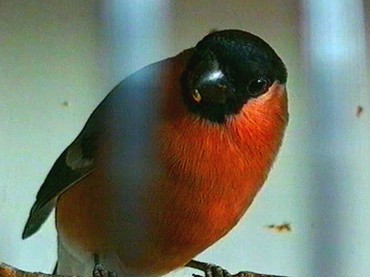
On View
Carsten Höller in
The Bird Show: Vögel zwischen Freiheit, Krieg und Quantenmechanik
Through July 27, 2024
ERES Stiftung, Munich
eres-stiftung.de
The Bird Show, whose subtitle translates to Birds between Freedom, War, and Quantum Mechanics, focuses on the biology, anatomy, and symbolism of birds. Their unique physique and their ability to navigate fascinate engineers and AI experts alike, making them role models for new developments in bionics and robotics. The exhibition follows the spectacular migration of birds, the secret of which, according to the latest studies, is probably rooted in quantum mechanics. Work by Carsten Höller is included.
Carsten Höller, The Loverfinch, 1995 (still) © Carsten Höller
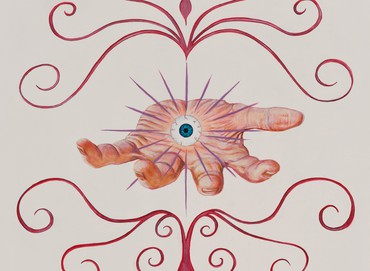
On View
Janus
Through November 24, 2024
Palazzo Diedo, Venice
berggruenarts.org
Janus, appropriately titled after the Roman god of beginnings, is the inaugural exhibition at Palazzo Diedo, a new contemporary arts space in Venice established by Berggruen Arts & Culture. For the exhibition, curated by Mario Codognato, eleven international artists—Urs Fischer, Piero Golia, Carsten Höller, Liu We, Ibrahim Mahama, Mariko Mori, Sterling Ruby, Jim Shaw, Hiroshi Sugimoto, Aya Takano, and Lee Ufan—have conceived site-specific interventions in response to the architecture and original features of the eighteenth-century building designed by the acclaimed Venetian architect Andrea Tirali. The Polaroid Foundation has also contributed a special project that invites the participating artists to create an original work using the Polaroid 20×24, the world’s largest instant camera.
Jim Shaw, The Alexander Romances, 2024 (detail) © Jim Shaw. Photo: Jeff McLane
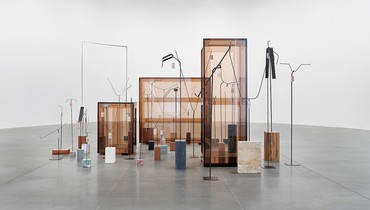
Closed
What a Wonderful World
May 26, 2022–May 21, 2023
Museo nazionale delle arti del XXI secolo, Rome
www.maxxi.art
This exhibition brings together major installations by fourteen international artists including key works from the museum’s collection and others commissioned for the occasion. The works on display investigate issues of scientific and technological progress relating to the challenges of the contemporary era. Work by Carsten Höller and Tatiana Trouvé is included.
Tatiana Trouvé, Les indéfinis, 2018 © Tatiana Trouvé
